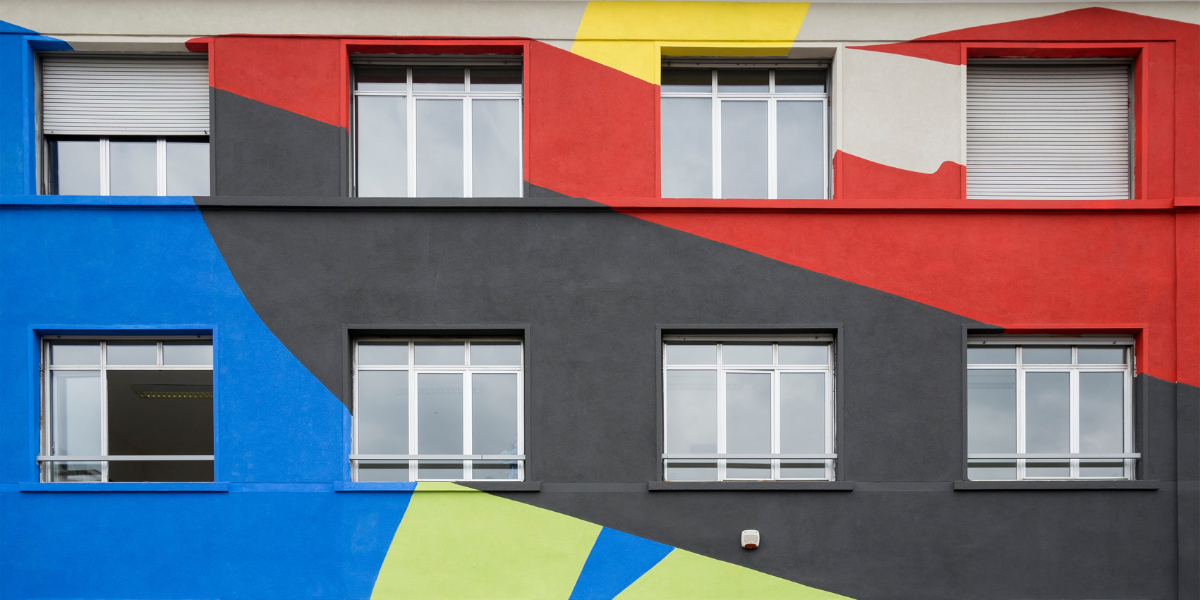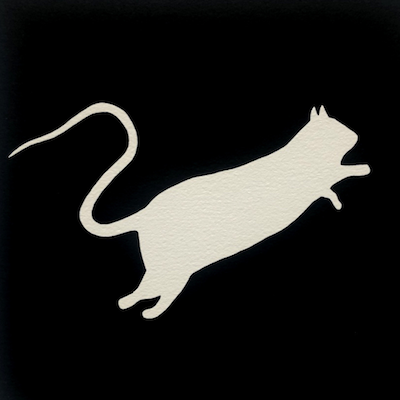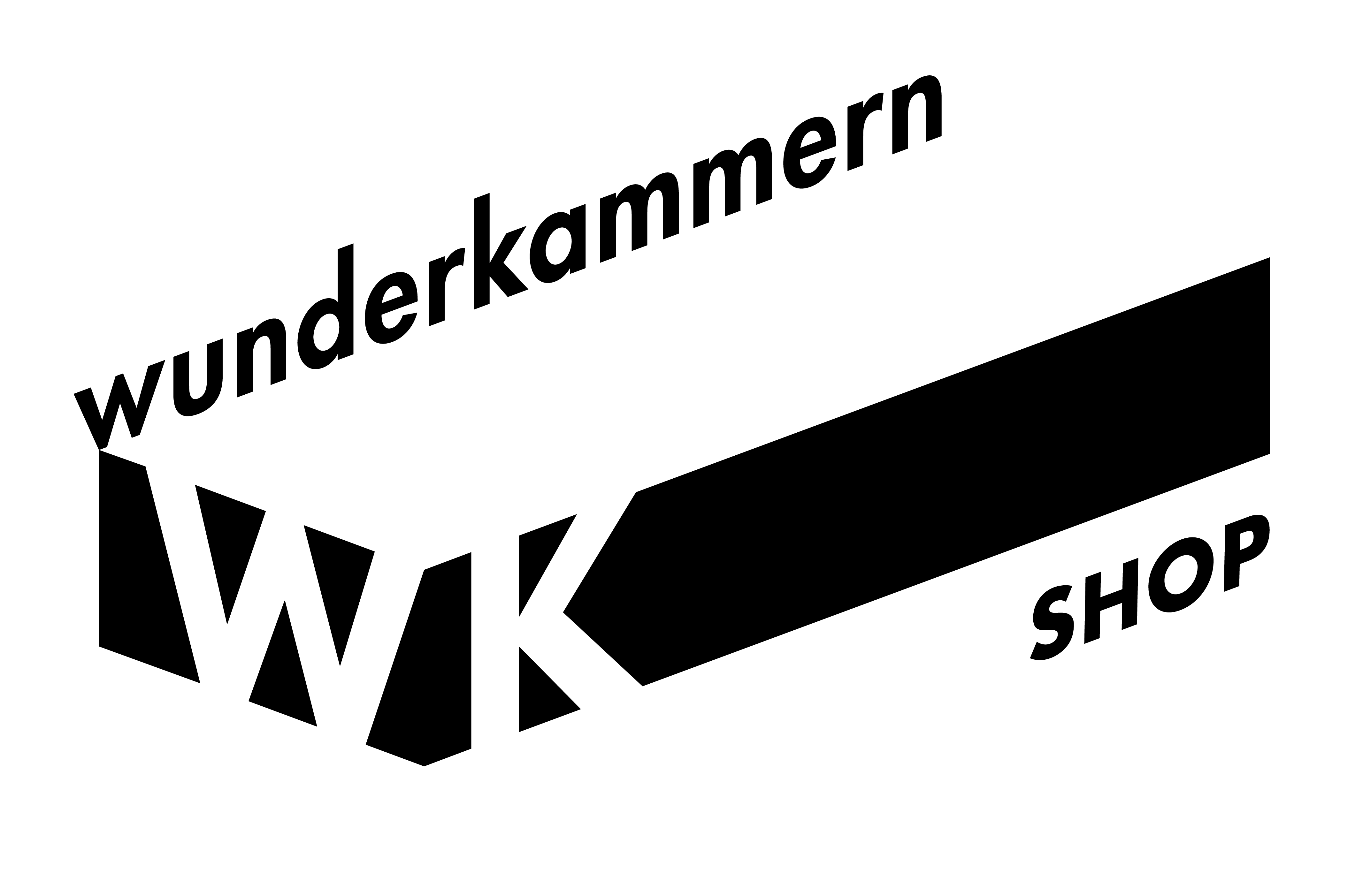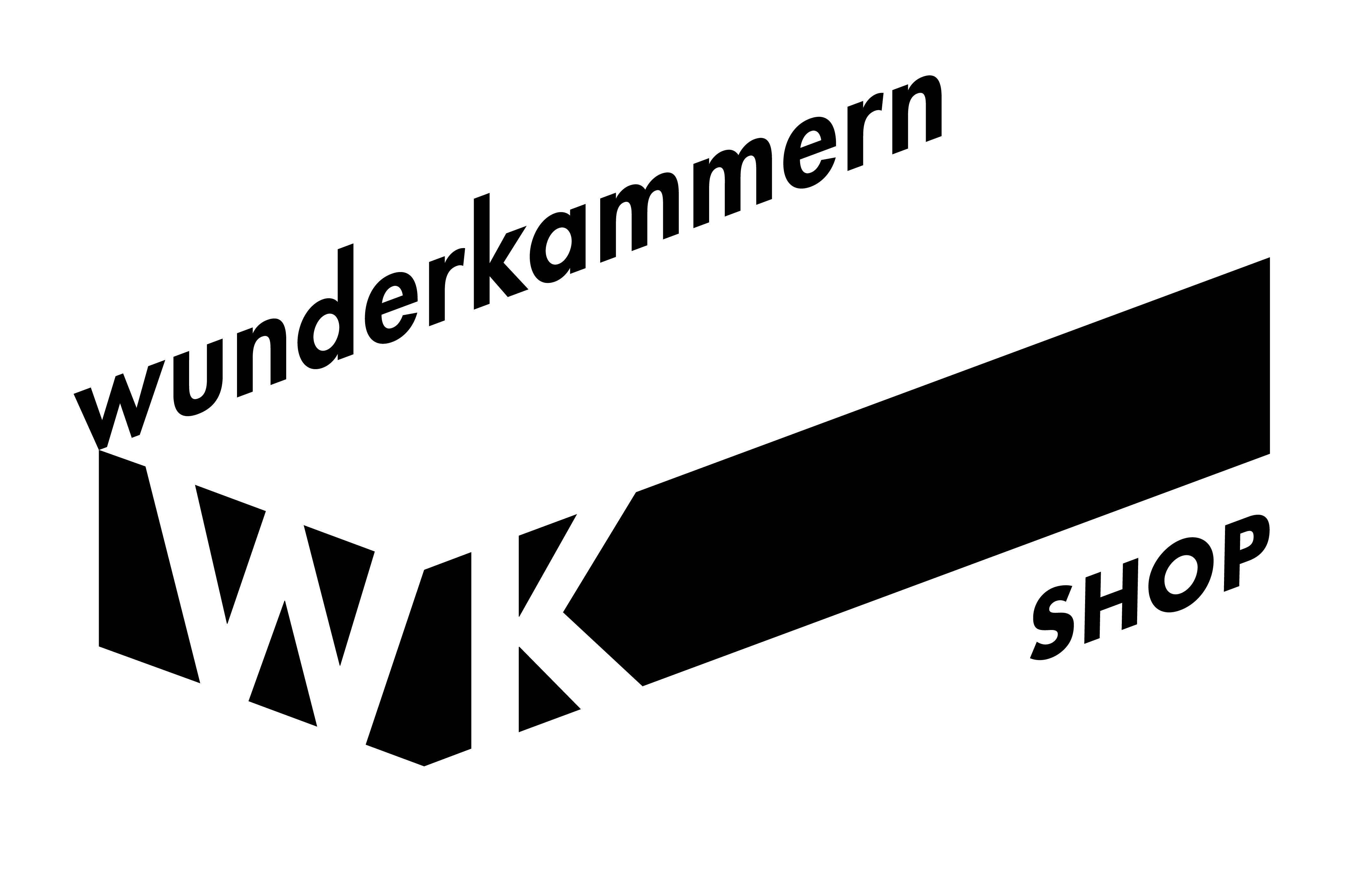
In contemporary cities, immersed in a frenetic rhythm and defined by architectural geometries, color becomes a universal language capable of breaking monotony and igniting emotions.
Urban abstract art – from large murals to site-specific interventions – does not depict recognizable objects, but chromatic vibrations, essential forms, and compositions that dialogue with the space and those who pass through it.
The Language of Color
Urban abstraction does not need words: every shade is a message. Blue conveys calm and introspection, red transmits energy and urgency, yellow suggests vitality and optimism.
When these colors are transferred onto façades, squares, or walls, they turn into emotional fields that alter the perception of the surrounding environment. The city thus becomes more human, more alive, less anonymous.
The City as a Collective Canvas
Urban artists who choose abstraction give cities back the ability to dream.
They do not narrate figurative stories but create spaces of open interpretation, where everyone can project personal emotions. A square of color may evoke a memory, a series of lines may suggest movement, an interweaving of forms may stimulate unexpected reflections.
Urban abstraction thus becomes an invitation to pause, to look, to feel.
Art that Generates Belonging
Intervening with abstract signs in public space does not mean decorating, but activating relationships. An abstract mural becomes a landmark, an identity element, an opportunity for encounter.
In this sense, color is no longer just aesthetics but also a tool of social cohesion: it makes a neighborhood more recognizable, strengthens its soul, and invites citizens to experience it in new ways.
Beyond the Artwork: An Immersive Experience
Those who cross the city do not experience an abstract artwork as in a gallery; they live with it daily.
Every passage in front of a chromatic intervention changes one’s mood, inspires different thoughts, creates an intimate and lasting bond with the space. Urban abstract art is therefore a sensory, emotional, and collective experience at the same time.
Color, in urban abstraction, is never neutral: it is energy, emotion, language.
Through pure color fields and essential forms, abstract art speaks directly to the city and its inhabitants, transforming the urban landscape into a vast, vibrant shared canvas.




 Register
Register
